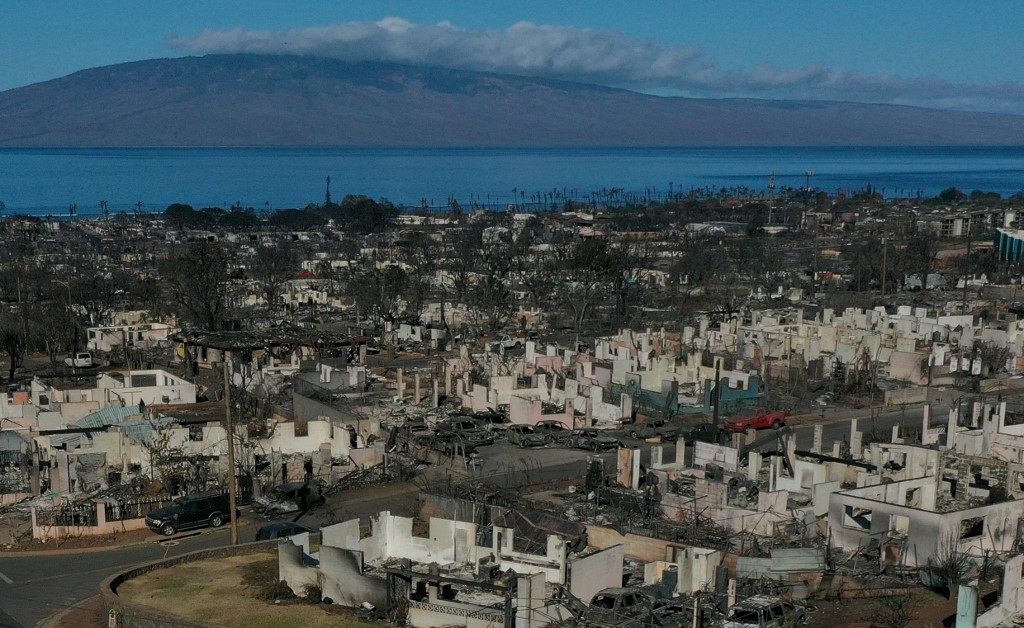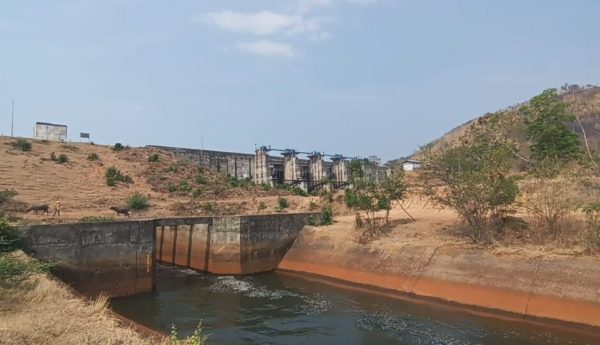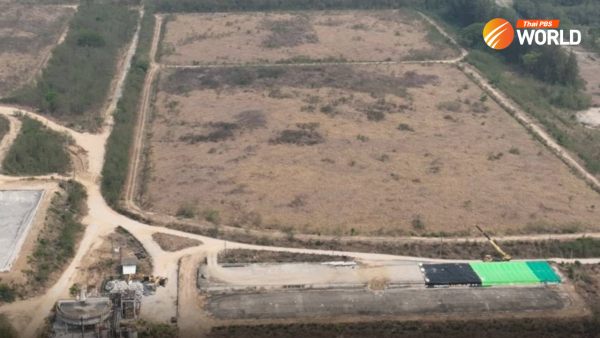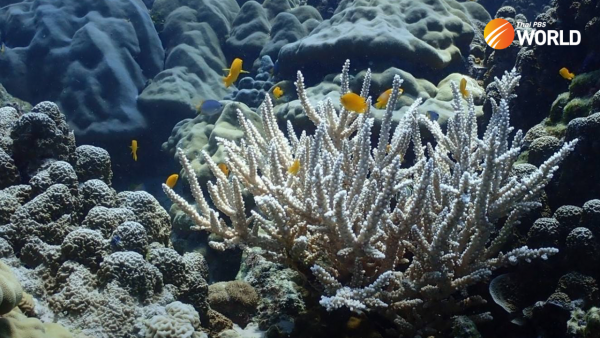El Niño and the climate-change sword hanging over Thailand

The devastation caused by wildfires in Hawaii recently could be a wake-up call for Thailand. The death toll had reached 106 as of Wednesday (August 16) and it is expected to rise, according to Hawaii authorities.
The dry weather caused by climate change, combined with strong winds from Hurricane Dora and the drought, have been blamed for the rapid spread of the fires that did not give people much time to evacuate.
Scientists have warned in recent years that climate change has worsened wildfires, flooding, heat waves and drought across the world. A clear proof of the phenomenon can be seen in the instances of natural calamities both in developed countries, such as the United States, and developing countries, such as China which suffered severe flooding recently.
Hawaii Governor Josh Green said the wildfires were the “largest natural disaster” in the state’s history.
“We have never experienced a wildfire that affected a city like this before,” Mr. Green said, adding that the challenges of climate change were putting unprecedented strain on Hawaii.
“We’re seeing this for the first time in many different parts of the world,” the BBC quoted him as saying.

Last month, United Nations Secretary-General Antonio Guterres said that “the era of global warming has ended; the era of global boiling has arrived.”
“It is estimated that the annual cost of climate change is about US$4 trillion globally,” said Witsanu Attavanich, an associate professor in the Economics Department at the Faculty of Economics, Kasetsart University.
phenomenon The El Niño
El Niño conditions have developed since June and are expected to gradually strengthen into the winter, according to the United States’ National Oceanic and Atmospheric Administration.
El Nino is a natural climate phenomenon marked by warmer-than-average sea surface temperatures in the central and eastern Pacific Ocean near the equator, which occurs on average every 2-7 years. El Niño’s effects on the climate extend far beyond the Pacific Ocean.
A typical El Niño causes drought in Indonesia, Australia, southern Africa, and India; rainy winters in southern California and dry ones in the Pacific Northwest; quiet hurricane seasons in the Atlantic but intense ones in the Pacific; and other consequences around the world.

“As for the impact on Thailand, rainfall is lesser than normal and temperatures are higher than usual,” said Witsanu. “The agricultural sector is particularly fragile, as a full-fledged El Niño started on August 16 this year and will continue until July next year.”
The overall impact on Thailand would depend on the severity of the El Niño, but the cost to the economy could range between 18 billion baht to 83 billion baht annually, said Witsanu.
Over the past 73 years, El Niño has occurred five times. The sixth time, this year, is expected to be severe, as indicated by global temperatures in June and July, the highest in 174 years, he warned.
The global temperature is expected to be 1.5 degrees Celsius higher than in the pre-industrial era next year, the threshold that scientists warn are of serious consequence for the whole world.
Rice production to suffer
Witsanu is worried that Thailand’s rice production next year will be hit hard if dams this year are unable to store enough water for the drought season next year. As the country has a high number of rice farmer households at 3.5 million, the impact would be felt widely, he warned.
To conserve water, the new government may need to limit the area of the second crop of rice planting (estimated 11 million rai — 1.76 million hectares — of rice-planting areas in the dry season), he suggested.
The drought would make rice, other crops and livestock vulnerable to disease, while the insect population is likely to multiply in hot weather conditions, he said. These conditions could force farmers to use more pesticides to protect their crops and livestock, which potentially could lead to food contamination.
Impact on food production
The impact on crops and livestock could have serious consequences for the food processing industry, which produces value-added products worth over 100 billion baht, Witsanu noted. For example, the sugar and tapioca factories may face shortage of raw materials, such as sugar cane and tapioca roots. It could impact food production with global consequences as Thailand is one of the leading countries to export food products.
Fallout on tourism
The tourism sector plays a significant role in Thailand’s economy. But El Niño-triggered events, such as the rising temperature of sea water, could damage coral reefs, which currently generate tourism revenue worth about 80 billion baht a year.
Looking into the future, Witsanu said that accumulated economic damage from 2015 to 2048 could amount to about 2.85 trillion baht, close to the 3.3-trillion baht annual budget of the country.
If Thailand does not act today, coral reef resources would reduce by 25 per cent, depending on the severity of climate change. The loss in revenue from tourism could be as high as 33 billion baht to 76 billion baht a year. Due to El Niño, hotels could face water shortage. Tourists might avoid Thailand if the weather is too hot.
Challenge for labour
Outdoor workers, such as those involved in construction, who currently work eight hours a day may be able to work only six hours, due to the high temperature in the future. This would affect labour productivity and company performance.
Workers may also be vulnerable to falling sick. And ordinary people could face health problems due to heatstroke, said Witsanu.
Thailand allocates a very small budget — about 10 billion baht a year — to protect the environment, whereas neighbouring Malaysia and European countries spend much more, he said.
He urged the next government to increase the annual budget to protect natural resources and brace for the impact of climate change.
He cited research by an international institution that placed Thailand among the countries with the greatest threat of impact from climate change.
Economic consequences
In the worst-case scenario, Thailand’s gross domestic product could contract by up to 44 per cent. The Swiss Re Institute has developed a Climate Economics Index to measure how unmitigated climate change could impact 48 of the world’s economies (90% of global GDP) including Thailand. The index uses a ranking system based on the expected economic outcomes, vulnerability to extreme weather risks and also factors in existing adaptive readiness. Multiple climate scenarios are modelled: achievement of the Paris Agreement target of 1.5°C, an increase of 2-2.6°C and a severe increase of 3.2°C by 2050.
In the most severe scenario (3.2°C temperature rise and assumed most extreme physical outcomes), Asean nations would lose about 37% of GDP by 2048. Indonesia, Malaysia, the Philippines, Singapore and Thailand would lose economic output totalling more than seven times their 2019 GDP by 2050.
By Thai PBS World’s Business Desk






